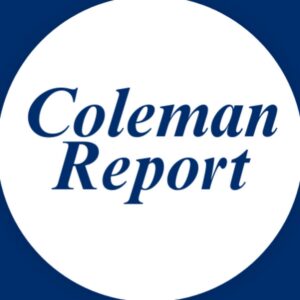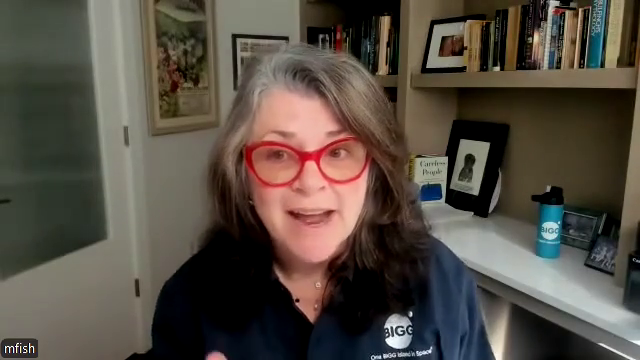 New unemployment claims decreased week-over-week on May 24, and were 94% below the peak during the COVID-19 pandemic. To help add some context to these statistics, WalletHub just released updated rankings for the States Whose Unemployment Claims Are Recovering the Quickest, along with accompanying videos and audio files.
New unemployment claims decreased week-over-week on May 24, and were 94% below the peak during the COVID-19 pandemic. To help add some context to these statistics, WalletHub just released updated rankings for the States Whose Unemployment Claims Are Recovering the Quickest, along with accompanying videos and audio files.
Key Stats:
- The following states had unemployment claims last week that were lower than before the pandemic: Wyoming, Arkansas, Vermont and Arizona.
- Surprisingly, two states (Rhode Island and Delaware) had unemployment claims last week that were worse than the same week last year.
| Most Recovered Last Week | Least Recovered Last Week |
| 1. South Carolina | 42. Maryland |
| 2. Wyoming | 43. District of Columbia |
| 3. Vermont | 44. Utah |
| 4. South Dakota | 45. Georgia |
| 5. Arkansas | 46. Alaska |
| 6. North Dakota | 47. Oklahoma |
| 7. Kansas | 48. Virginia |
| 8. New York | 49. New Mexico |
| 9. Arizona | 50. Delaware |
| 10. Minnesota | 51. Rhode Island |
To view the full report and your state’s rank, please visit:
https://wallethub.com/edu/
WalletHub Q&A
What does the fact that almost half of U.S. states are ending the extra unemployment benefits early mean for the labor market?
“The fact that almost half of U.S. states are ending their extra unemployment benefits early is good news for the labor market. Taking this step will prevent cases where people make more money unemployed than they would while employed, which will lead to more people going back to work,” said Jill Gonzalez, WalletHub analyst. “All states should follow the example of the states that have already ended the extra unemployment benefits. The vaccines have proven very effective and have brought about a massive reduction in COVID-19 cases, so it’s time we move to fully restart the economy and get back to life as usual.”
If the U.S. fails to reach “herd immunity,” what could that mean for unemployment?
“If the U.S. fails to reach ‘herd immunity,’ that wouldn’t be ideal, but it also wouldn’t prevent us from getting things back to normal. A significant portion of the population is getting vaccinated, which will still greatly reduce the transmission rate and threat of the disease. As a result, we should see a continued decline in unemployment,” said Jill Gonzalez, WalletHub analyst. “The U.S. has already made big strides toward a full reopening. The more people who choose to get vaccinated, the smoother that reopening will be and the greater companies’ hiring capabilities will be.”
Do you expect companies to require getting the COVID-19 vaccine as a condition for employment?
“It is likely that some companies will require getting the COVID-19 vaccine as a condition for employment, with obvious exemptions for people who are medically unable to receive it,” said Jill Gonzalez, WalletHub analyst. “Companies should be able to have a COVID-19 vaccine requirement because they need to do everything in their power to keep their workers and customers safe. In addition, the more companies that require employees to get a vaccine, the faster we will be able to achieve a full reopening.”
How do red states and blue states compare when it comes to recovery?
“With an average rank of 29 among the most recovered states, blue states had a worse recovery from unemployment claims last week than red states, which rank 22 on average,” said Jill Gonzalez, WalletHub analyst. “The lower the number of the ranking, the bigger the state’s recovery was.”
How has unemployment in California – the state with the most COVID-19 cases – recovered?
“California’s unemployment claims have experienced the 18th slowest recovery in the U.S. For the week of May 24, California had 74,625 new unemployment claims, a 93% decrease from the peak during the coronavirus pandemic,” said Jill Gonzalez, WalletHub analyst.
The above Q&A is also provided in audio format and can be edited as needed.







